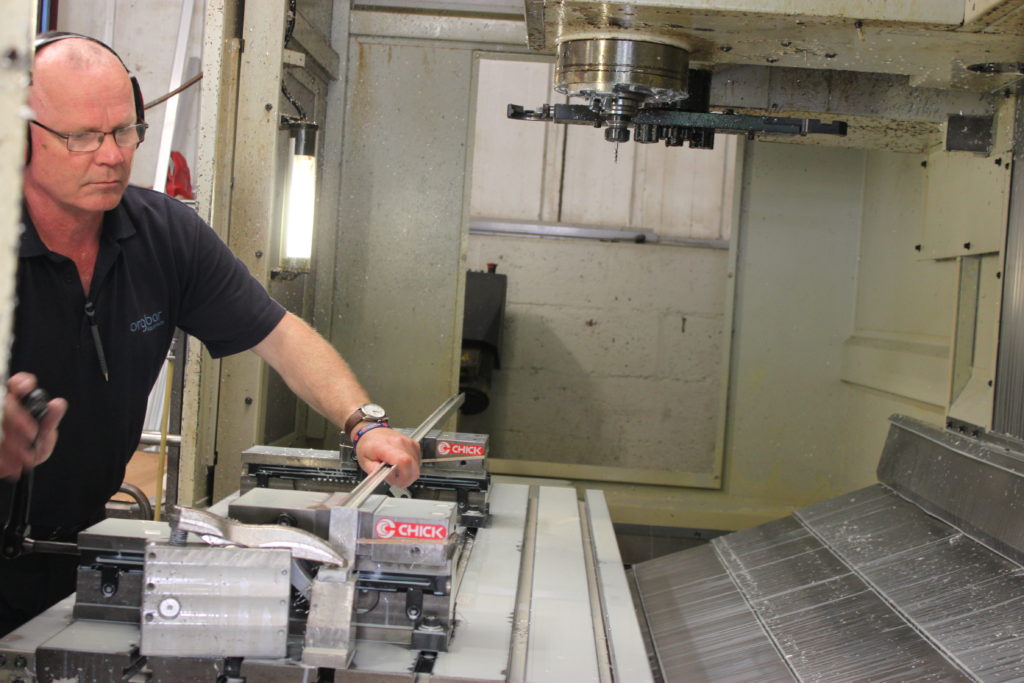October 14, 2019
The environmental dangers of the internal combustion engine have been brought sharply to light, and it is for this reason that the electric vehicle market carries on to rise exponentially.
Pioneered by the likes of Tesla and with major names and a roster of start-ups following suit, the EV is on the verge of an explosion into the mainstream.
For aluminium, this presents an exciting range of new and growing opportunities, in particular for extruded aluminium.
EV Charging Points
Across the UK, there are somewhere in the region of 200,000 EV charging points, a major growth on the last few years.
Throughout Europe as a whole, the use of EVs and therefore the installation of EV charging points is on the rise. Europe currently hosts roughly 1 million EVs, with the UK alone set to match that figure by 2020.
The construction of electric vehicle charging points requires the use of extruded aluminium, mostly for the housing of the units. This is set to bring growth to the sector as consumption soars.
EV Frames
Besides the charging of electric vehicles, almost all vehicles which make use of electric technology will likely also make use of an extruded aluminium frame, in order to keep weight to a minimum and extend battery range.
This is seen most often in the case of electric vehicles which make use of the skateboard frame now so common in Teslas. This frame involves an aluminium outer structure with the battery seated in the middle, sinking the battery and entire drivetrain into the chassis and providing maximum internal space in the vehicle.
As well as making use of aluminium extrusions in the vehicles’ chassis, new developments are enabling the use of aluminium in battery housings. These large metal components have previously been made using steel, costing precious battery range in the process.
Growth in Aluminium Demand
By 2025, Norway is set to be entirely electric-dependent, with the UK set to follow by 2040. Deadlines such as these are becoming government policy throughout Europe in particular, as leaders strive to meet fast-approaching carbon reduction deadlines and an increasing number of cities adopt clean air zones.
As a result, electric vehicle technology is continuing to advance and develop, becoming ever more mainstream and, by necessity, less a luxury of the wealthy.
Plug-in hybrid and fully electric vehicles use 25-27% more aluminium than typical internal combustion vehicles. By 2030, it is expected that aluminium demand will near 10 million tonnes, a tenfold increase from 2017.
In both electric vehicles themselves and the infrastructure that serves them, aluminium is and will continue to be vital, providing a construction material that is light, strong, safe and almost infinitely recyclable.
If you have an electric vehicle project and require industry-leading aluminium extrusion, contact Orgbar today.

